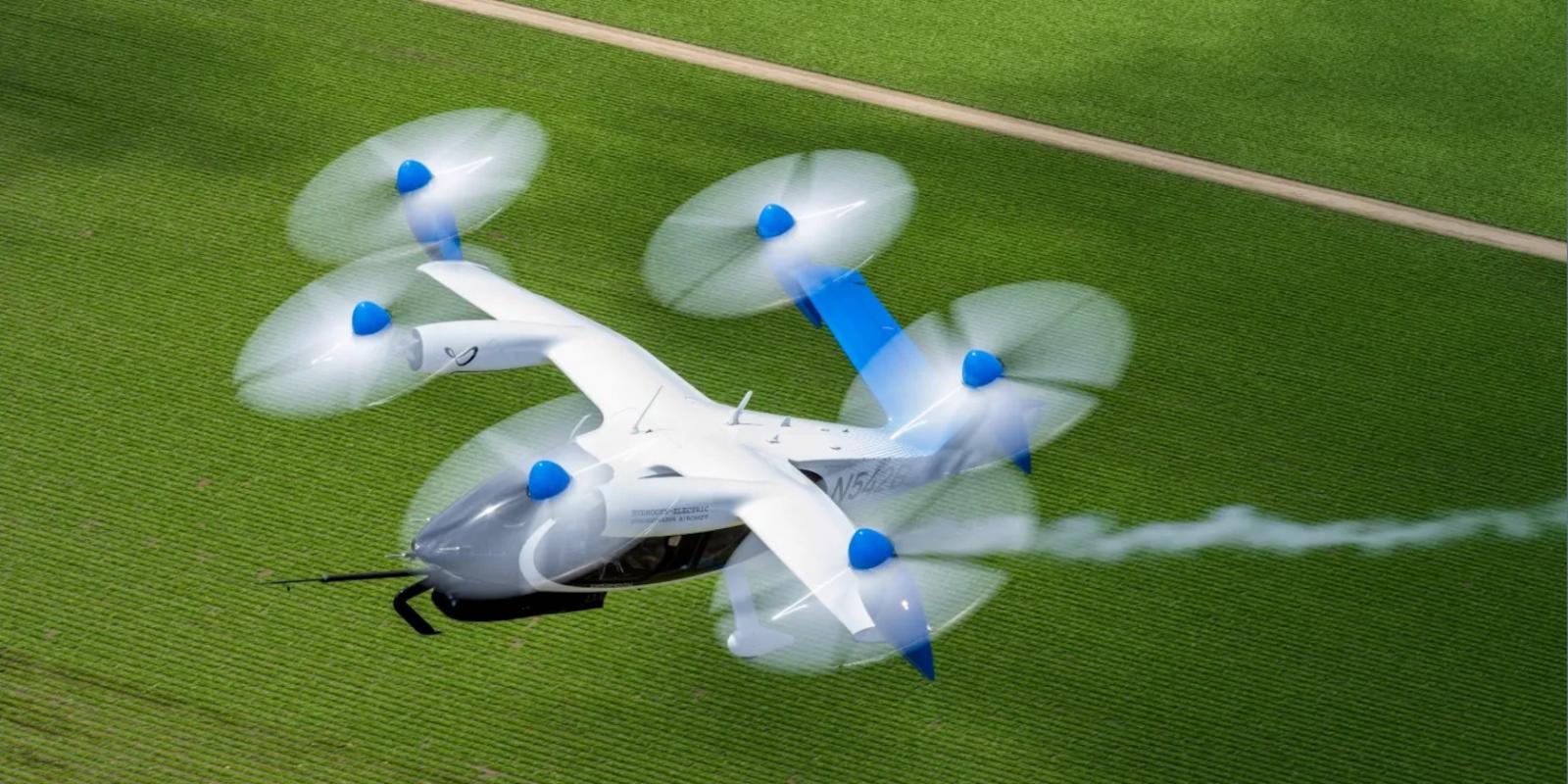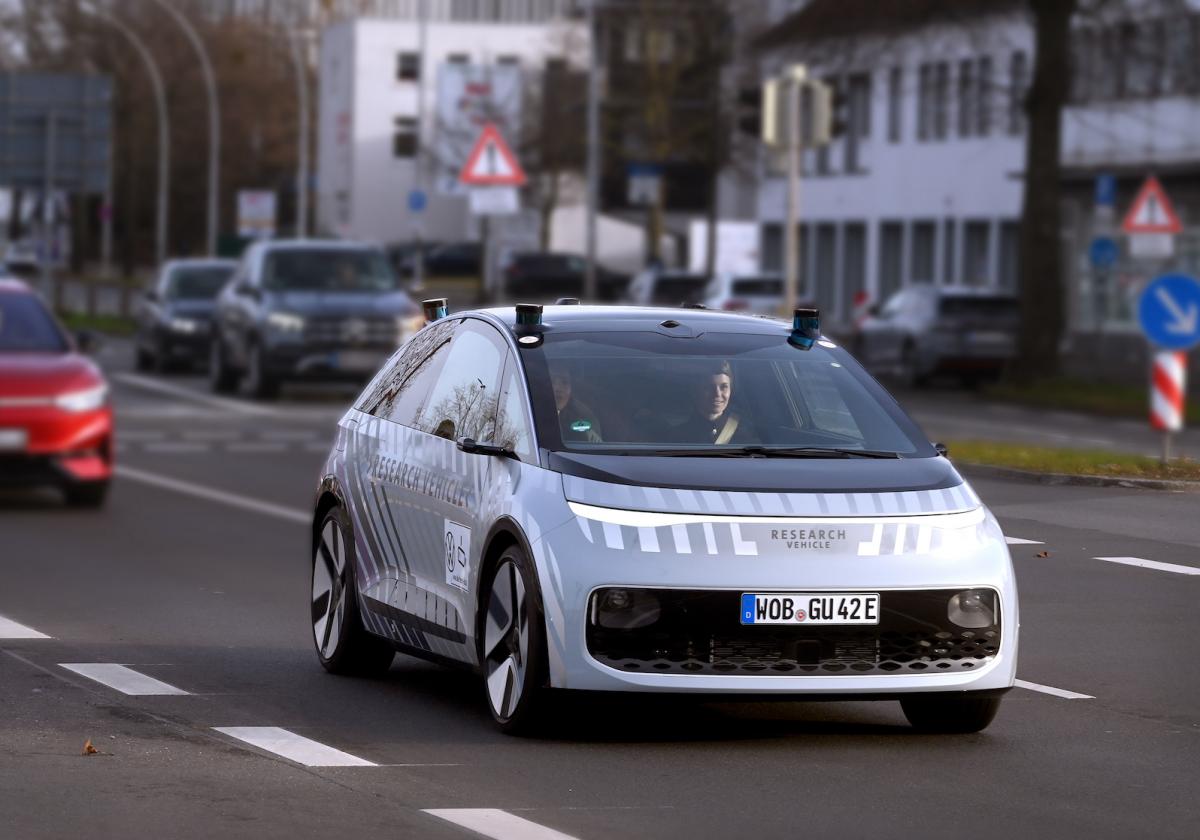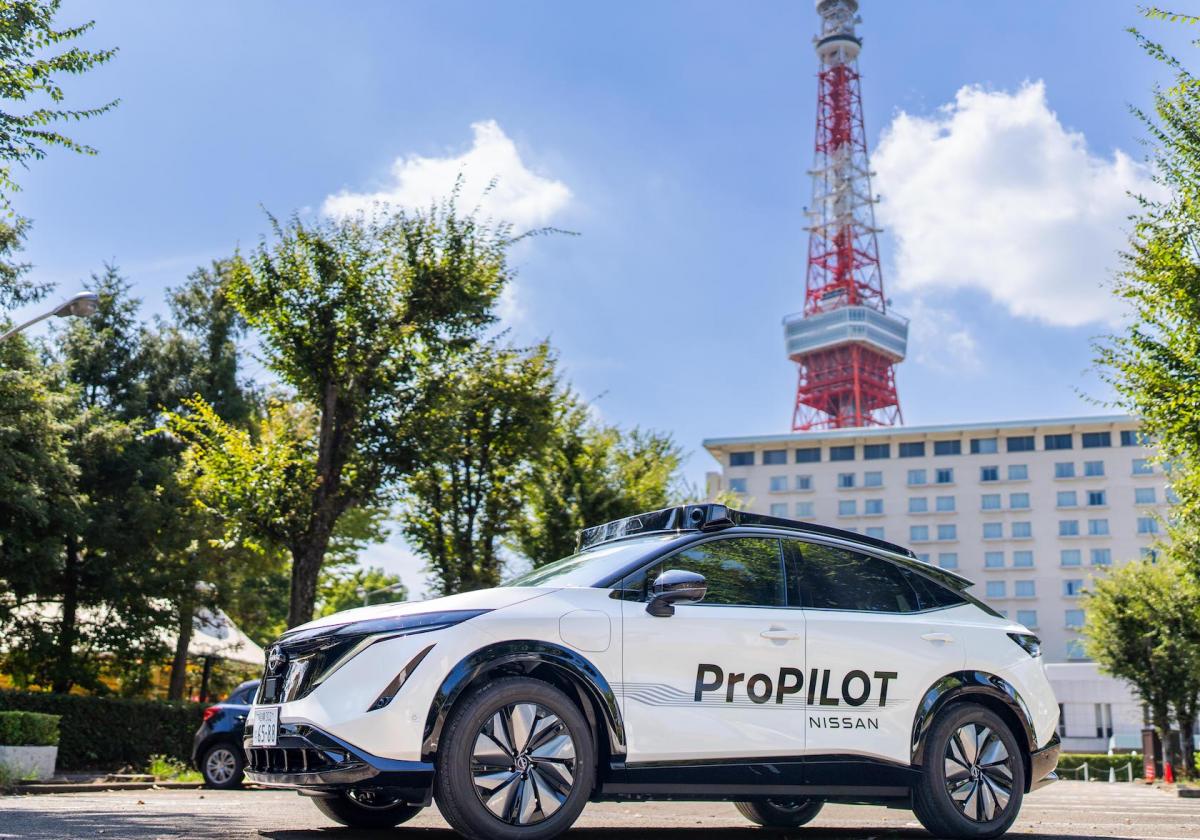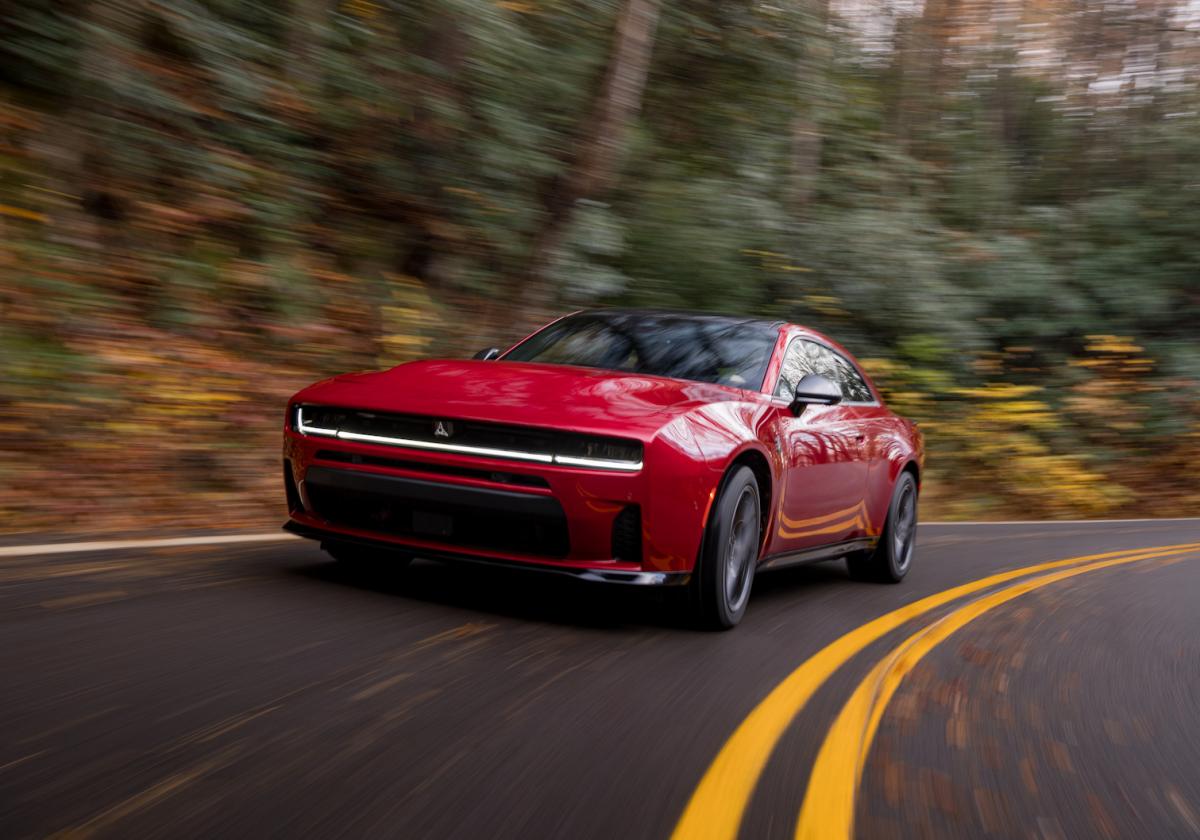The issue with electric vertical take-off and landing aircraft (eVTOLs) from the very beginning has always been range. And that range was restricted by its rechargeable batteries which only allowed the flying car to travel for between 20-30 minutes max.
Now, electric air taxi startup Joby Aviation is developing a hydrogen-powered version of its vertical takeoff and landing aircraft that could enable longer routes between cities, easily offering over 2 hours of flight time.
Hydrogen fuel cells — already used in cars, trucks and industrial equipment — could be a game-changer for the aviation industry, which is under intense pressure to reduce its greenhouse gas emissions.
Joby successfully flew a 523-mile demonstration flight using a first-of-its-kind hydrogen-electric air taxi, it said last week.
The test flight, completed last month in California, involved a converted prototype of Joby’s eVTOL aircraft already in development. It was outfitted with a liquid hydrogen fuel cell and hydrogen-electric propulsion. A trail of water vapor, seen in the photo above, is the only emission.
Hydrogen-powered aircraft can burn liquid hydrogen directly in an engine, or they can use gaseous hydrogen in a fuel cell system.
With fuel cells, the hydrogen spurs an electrochemical reaction that produces electricity to charge the aircraft’s batteries while in flight. That electricity drives the electric motor and spins the propellers, with water as the only byproduct.
Joby’s primary focus remains launching an electric air taxi as early as 2025 for short hops between urban centers and airports, starting in New York, Los Angeles and Dubai.
But repurposing its existing eVTOL design for the hydrogen demonstration flight is an efficient way for Joby to begin exploring the potential for longer routes.
“The vast majority of the design, testing and certification work we’ve completed on our battery-electric aircraft carries over to commercializing hydrogen-electric flight,” founder and CEO JoeBen Bevirt tells Axios.
The Pentagon — Joby’s largest customer — is also keen on hydrogen because it supports the military’s clean energy goals, Jacob Wilson, acting branch chief of the U.S. Air Force’s advanced technology program, said in a statement.
Joby has been working on hydrogen flight since 2021, when it acquired H2Fly, a German company that last year completed the world’s first piloted flight of a liquid hydrogen-powered electric aircraft.
Decarbonizing aviation is a monumental challenge, which is why the industry is exploring a range of solutions — including more efficient planes and engines and increased use of sustainable aviation fuels.
There’s a potential sweet spot for hydrogen on short-haul flights of several hundred miles or so — especially for VTOLs, which don’t need a runway. Passengers could fly from the heart of San Francisco to San Diego or Boston to Baltimore, for example, without having to go to the airport. Hydrogen also allows for quicker refueling compared to battery-electric technology. To meet climate targets, however, hydrogen must be produced from renewable sources.
CARLIST THOUGHTS
In the absence of any other viable power source that can outperform hydrogen, it would seem as though hydrogen-powered fuel cells are the best option to deliver extremely low emissions and viable distances. Congress recently passed a bipartisan bill that directs the Federal Aviation Administration to research and develop strategies for using hydrogen fuel within the next year.







